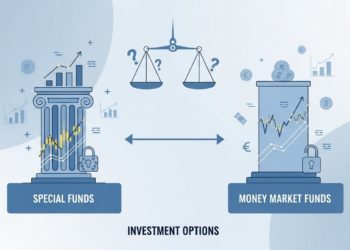In Kenya’s evolving private equity (PE) landscape, structuring deals demands precision to balance risk, reward, and regulatory realities. With USD 720 million in private capital flowing into the country in 2023, Kenya’s appeal as an investment hub is clear, particularly in real estate, manufacturing, and healthcare. However, crafting deals that deliver strong returns while navigating local complexities requires a deep understanding of financial instruments, tax implications, and exit pathways.
A typical PE deal in Kenya begins with selecting the right investment vehicle. Special purpose vehicles (SPVs), often domiciled in tax-friendly jurisdictions like Mauritius, are popular for their flexibility and ability to pool investor capital. SPVs shield investors from direct liability while streamlining compliance with Kenya’s Capital Markets Authority. For instance, a PE fund targeting Nairobi’s USD 3.0 bn real estate market might use an SPV to acquire commercial properties, ensuring clean ownership structures for eventual sales.
The capital structure is the deal’s backbone. PE firms often blend equity and debt, with equity forming 60.0%-70.0% of the mix to cushion against Kenya’s high lending rates, which hit 15.8% in March 2025. Preference shares are a favored tool, offering priority dividends and downside protection. For example, a PE fund seeking to invest in one of Kenya’s hospital chains can use cumulative preference shares to secure close to 8.0% annual dividends, safeguarding returns amid healthcare’s volatile cash flows. Convertible debt is another option, allowing investors to convert loans into equity if growth targets are met, as seen in manufacturing deals leveraging AfCFTA export opportunities.
Tax efficiency is critical. Kenya’s 2024 tax reforms introduced a 15.0% capital gains tax on asset sales, prompting firms to optimize deal structures. For example, structuring investments through holding companies in jurisdictions with double taxation treaties can reduce withholding tax on dividends, which stands at 10.0% for non-residents. PE funds also negotiate earn-outs, tying part of the purchase price to future performance, to defer tax liabilities and align seller incentives.
Exit planning is embedded in the deal’s DNA. The Nairobi Securities Exchange (NSE) offers a viable Initial Public Offering (IPO) route, though only 63 companies are listed, limiting liquidity. Trade sales to strategic buyers, such as regional conglomerates, are more common, with 30.0% of PE exits in 2023 taking this path. For example a PE fund can structure a put option, ensuring a buyer at a pre-agreed multiple of 5.0x EBITDA after five years. Secondary buyouts, where another PE fund buys the portfolio company, are gaining traction, especially in fintech, where valuations remain robust.
Challenges abound. Political risks, like election-related uncertainty, can delay exits, while shilling volatility 17.4% depreciation in 2024, erodes dollar-based returns. Robust governance clauses, such as board representation and veto rights on major decisions, help mitigate these risks. Ultimately, structuring PE deals in Kenya is a high-stakes puzzle. Success hinges on blending financial creativity with local insight, ensuring deals are resilient enough to thrive in a market brimming with opportunity and complexity

















